Grand Canyon Rattlesnake (Crotalus oreganus abyssus)
Created: July 9th, 2016 - 11:10 AM
Last Modified: December 4th, 2016 - 01:28 AM Entered by: Jeremy Westerman
Record 260823
Last Modified: December 4th, 2016 - 01:28 AM Entered by: Jeremy Westerman
Record 260823
|
Country: United States |
State: Utah |
County: Garfield County |
Time: 2016-07-06 22:42:00 |
|
|
Qty: 1 |
Age: Sub-Adult |
Sex: Male |
Method: Road cruising |
Habitat: scattered junipers prickly pear cactus |
|
Body Temperature: 74.50F |
Air Temperature: ----- |
Ground Temperature: 73.00F |
Humidity: ----- |
|
|
Sky Conditions: Partly Cloudy |
Moon Phase: ----- |
Elevation: 5798.00ft |
Barometric Pressure: ----- |
|
Notes
specimen recently hit still alive but moribund
Louis Porras and Rich Gassaway report abyssus clade snakes in this area personal comm.
other abyssus specimens confirmed nearby to the West at Wide hollow reservoir and just to the South at Alvey Wash
male hemipenes protruded 25 subcaudals TBL 63cm Tail Length 5.5cm rattle width 9 mm rattle count 9 segments including button rattle color proximal base black distal honey/straw 44 dorsal blotches 7 tail bands 191 caudal scales
Vouchers
Specimen deposited at Monte L. Bean Museum, Brigham Young University, Provo, UT
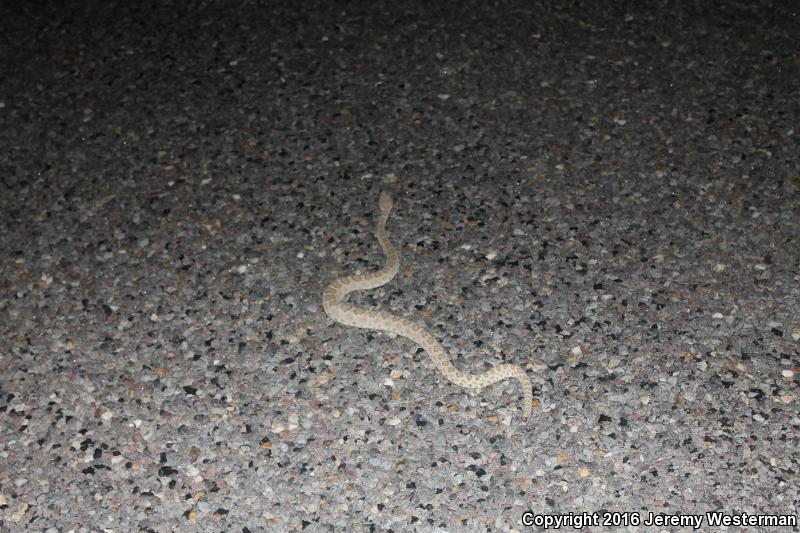
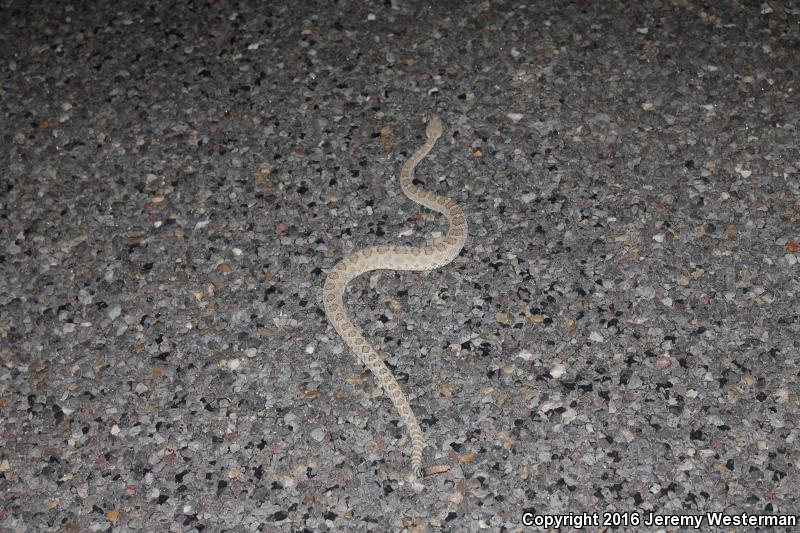
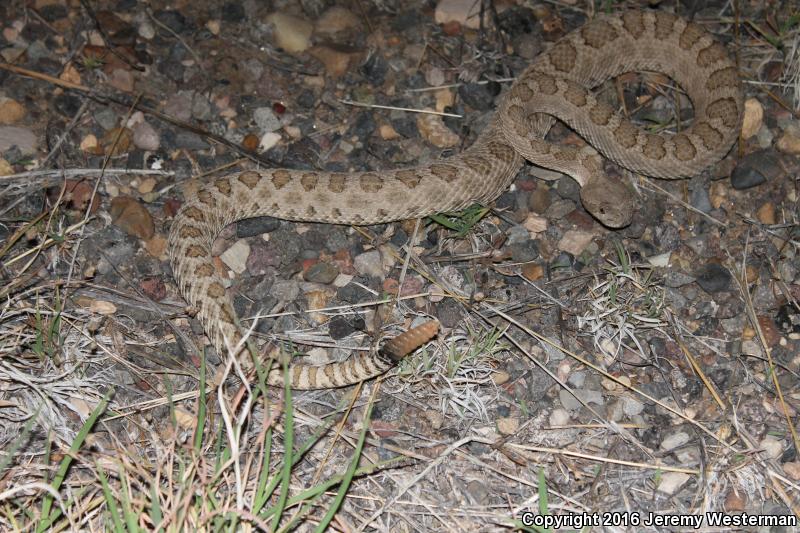
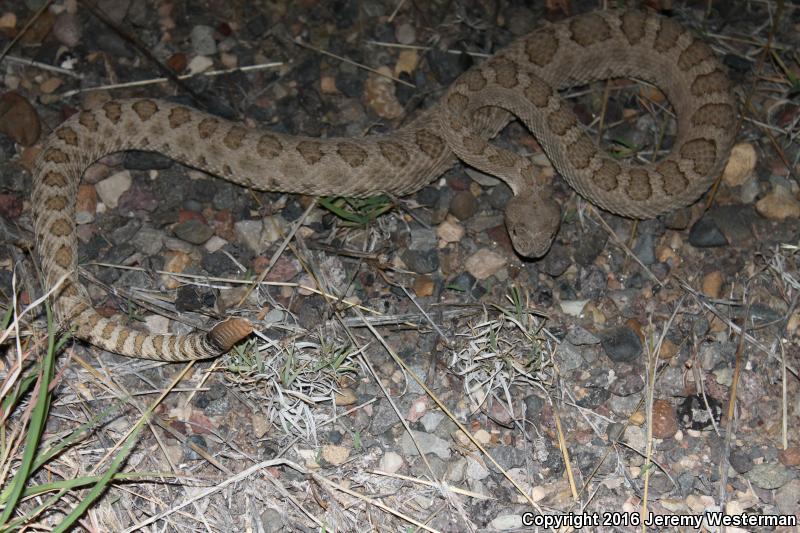
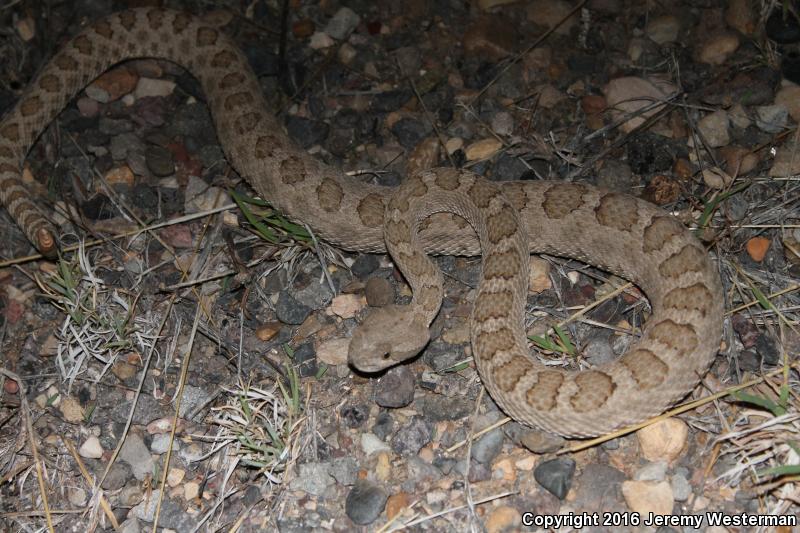






Comments
DNA surveys have confirmed that abyssus is found on the Colorado Plateau between the Paria River and the Escalante River in Kane and Garfield Counties, Utah. Long thought to be only Midget Faded rattlesnakes in the area as reflected in most of the earlier literature, several recent studies coclusively show only abyssus clade snakes are in this small area of Utah. These two DOR snakes were submitted to the Bean Museum collection after the DNA studies were concluded but based on locality and certain morphological features, they are abyssus. Hopefully these specimens can contribute samples for further DNA work in the future for the region. It is unknown precisely where the contact zones with lutosus to the west (lutosus occur as far East as Bryce Canyon) and concolor to the North (concolor occur in Capitol Reef) are or if there are intergrade zones or if they are distinct and sympatric at any locales. Historically everything on both sides of Lake powell were considered C. concolor but genetic evidence has C.Abyssus from the west side of powell to the sharp bend in Hwy 89 north to Paria, North to at least Kodachrome Basin State Park, Cannonville and Bryce Canyon where a contact zone with C. lutosus is documented, then East to Petrified Forest State park, Wide Hollow and the town of Escalante and possibly Northeast as far as Calf Creek, then southeast following the Escalante river and it's drainage on both sides to Lake Powell again in the Glen Canyon recreation Area. West from the Escalante River on the Grand staircase Escalante to the Paria River no C.concolor genetic samples have been recovered.
Interesting, Do you know if DNA has been done to confirm these?